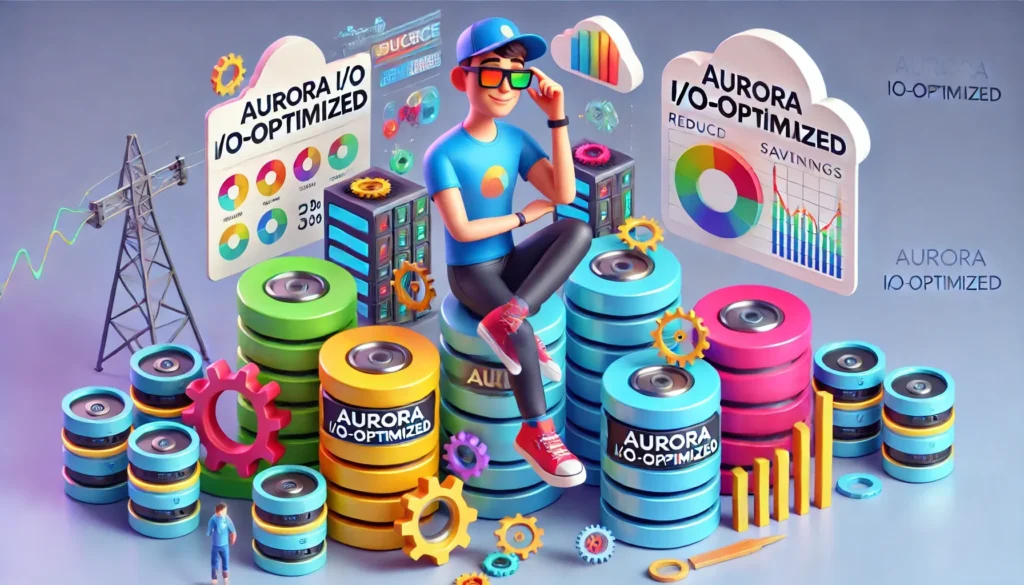Introduction: The Promise of FinOps Optimizations
In the world of cloud computing, FinOps has emerged as a critical discipline for managing and optimizing cloud costs. One of the core concepts in FinOps is the idea of “low hanging fruit” – cost optimization opportunities that are believed to be easy to identify and implement. These often include:
1. Identifying and removing unattached or unused resources
Cloud environments can quickly become cluttered with resources that are no longer in use, such as unattached storage volumes or idle virtual machines. For example, a company might find that they have dozens of unattached EBS volumes that have been forgotten about, each costing hundreds of dollars per month. Identifying and removing these resources can lead to immediate cost savings.
2. Scheduling non-production resources to turn off during off-hours
Many organizations have non-production environments, such as those used for development, testing, or staging, that don’t need to run 24/7. For instance, a company might have a large test environment that is only used during business hours. Scheduling these resources to turn off during off-hours, such as nights and weekends, can significantly reduce costs.
On the surface, these optimizations seem straightforward and achievable. However, many organizations struggle to actually realize these savings, leading us to question: are these “low hanging fruits” really as easy to pick as they seem?

The Surprising Challenges of Picking FinOps “Low Hanging Fruit”
While the concept of “low hanging fruit” optimizations is appealing, the reality is that modern cloud environments are incredibly complex. revisiting the examples mentioned earlier we can understand why they might not be as simple as they appear:
First, manual or basic automation process trying to identify and remove unattached or unused resources in a sprawling cloud environment with hundreds or thousands of resources, can be a challenge. Resources may be infrequently used but still critical, or they may be forgotten about entirely.
Let’s consider a scenario where a well-established financial services company has a complex cloud environment supporting various applications and services. Over time, as teams provision resources for different projects and initiatives, some of these resources may become underutilized or forgotten. For example, there might be a set of virtual machines that were used for a short-term data analytics project but were never decommissioned, continuing to incur costs long after the project ended.
Distinguishing between infrequently used but critical resources and truly unused ones requires deep visibility into resource utilization, applicative context and dependencies. It can be nearly impossible to effectively identify and remove unused resources at scale.
In addition, while scheduling resources to turn off during off-hours seems like a straightforward optimization, it can quickly become complex. Different teams may have different requirements for when their resources need to be available. Some may need resources on weekends, while others only need them during specific hours.
The Power of Flexible, Customized Automation
To effectively address these complexities and turn “low hanging fruit” optimizations into reality, organizations need an approach that offers a high degree of flexibility and customization.
One way to achieve this is through customizable automation.
Let’s look at how customizable automation could solve each of the challenges mentioned above.
For the first example, if flexible automation was applied to Identifying and removing unattached or unused resources, this would allow the organization to define custom utilization thresholds for different types of resources. In addition, they could leverage the organization specific resource tags to identify the owners or service belongment, which would allow the organization to notify the relevant team members.
In addition, for the scheduling issue, with a customizable automation approach, organizations could create resource scheduling policies that accommodate the unique needs of different teams. For instance, a development team’s resources could be scheduled to turn off every night and weekend, while the QA team’s resources might only turn off on weekends. This approach could also handle exceptions for critical periods, such as end-of-month testing, and ensure that resources are automatically turned back on when needed.
By leveraging flexible, customized automation, organizations can overcome the complexities of modern cloud environments and effectively capitalize on “low hanging fruit” optimization opportunities.
Wiv: Your Key to Unlocking FinOps Success
At Wiv, we understand the challenges organizations face in realizing FinOps optimizations. That’s why we’ve developed a workflow automation platform that provides the flexibility and customization capabilities needed to turn these opportunities into tangible cost savings.
Wiv’s platform allows users to create custom workflows tailored to their unique cloud environments and organizational needs. With our Wiv, you can:
- Define custom utilization thresholds for different resource types. Workflows can then automatically identify and remove unattached or unused resources based on your specific criteria.
- Create team or project-specific resource scheduling policies. Wiv’s platform can also handle exceptions and ensure that resources are automatically turned back on when needed.
By automating these complex FinOps tasks with Wiv, you can save countless hours of manual work and ensure that your cost optimization efforts are far more effective and tailored to your organization’s unique needs.
Conclusion: Automation is the Key to FinOps Success
In the complex world of modern cloud computing, the concept of “low hanging fruit” optimizations can be misleading. While these opportunities hold the potential for significant cost savings, realizing those savings requires navigating a myriad of technical and organizational complexities.
Flexible, customized automation is the key to overcoming these complexities and turning FinOps opportunities into tangible cost savings.
Wiv’s workflow automation platform is designed to provide this critical flexibility and customization capability. With Wiv, you can create custom workflows to automate the identification and implementation of FinOps optimizations, turning “low hanging fruit” into real, ongoing cost savings of 20-30% or more.
To see how Wiv can help you turn FinOps opportunities into tangible cost savings schedule a demo today: https://wiv.ai/contact/
The savings are there – you just need the right tool to help you pick them.





